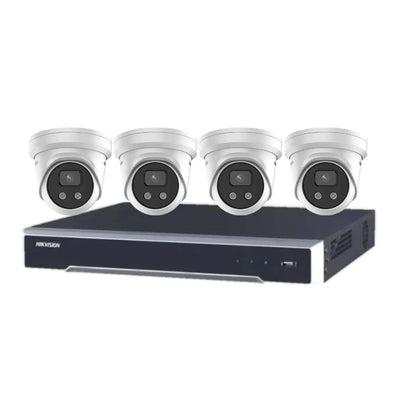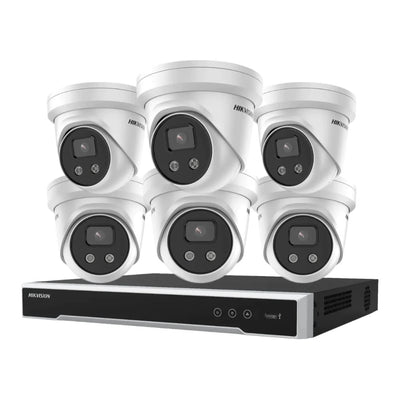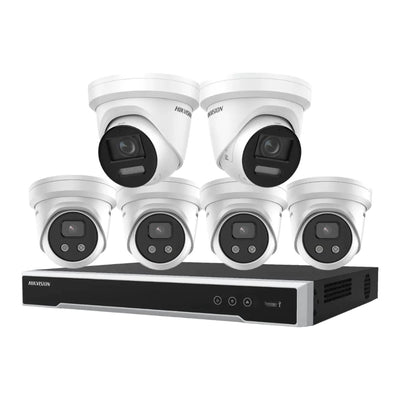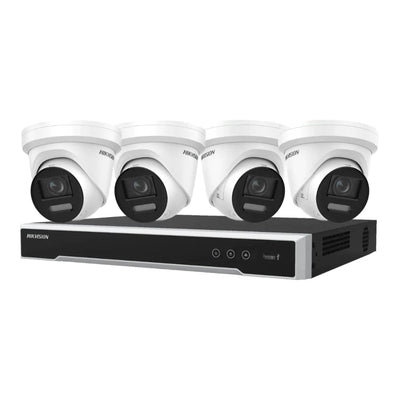Ah, the eternal question of CCTV camera numbers! As a witty CCTV expert, I'll give you a lighthearted response:
Well, according to the "Official CCTV Camera Counting Handbook for Comedy Purposes" (which I may or may not have just made up), the recommended number of CCTV cameras is directly proportional to the level of paranoia multiplied by the square root of your imagination divided by the circumference of your average doughnut. Oh, and don't forget to carry the pizza!
But in all seriousness, determining the exact number of CCTV cameras you need requires a more practical approach. Assess the size of the area, identify critical points to monitor, consider potential blind spots, and take into account your specific security requirements. It's always best to consult with a professional CCTV installer who can provide a tailored recommendation based on your unique circumstances.
A Serious response is below:
Determining the number of CCTV cameras needed depends on several factors, including the size and layout of the area to be covered, the purpose of surveillance, and the level of detail required. While it is challenging to provide an exact number without specific information about your situation, I can offer some general guidance supported by reliable sources in the security industry:
- Risk Assessment: Conduct a thorough risk assessment of the area you want to monitor. Identify key areas that require surveillance, such as entrances, exits, high-value assets, and blind spots. This assessment will help you determine the number of cameras needed to adequately cover those areas.
The "CCTV Operational Requirements Manual" by the UK Home Office recommends conducting a risk assessment to determine the required number and placement of CCTV cameras based on the specific risks associated with the environment.
- Field of View: Consider the field of view required for each camera. The field of view depends on the camera type, lens focal length, and the distance between the camera and the subject being monitored. For example, wide-angle lenses cover larger areas, while zoom lenses focus on specific details.
The "Video Surveillance Guidelines" by the Security Industry Association (SIA) suggests using the appropriate lens and camera combinations to achieve the desired field of view and image quality.
- Overlapping Coverage: It is generally recommended to have overlapping coverage between cameras to minimize blind spots and ensure comprehensive monitoring. This helps maintain continuity in tracking individuals or objects as they move through the surveillance area.
The "Video Surveillance Best Practices" guide by the National Institute of Justice (NIJ) in the United States recommends overlapping camera coverage to ensure effective surveillance without any gaps.
- Operational Goals: Consider your operational goals and specific surveillance requirements. For example, if you need facial recognition or license plate identification, you may require higher resolution cameras or additional cameras strategically placed to capture these details.
Remember, while we strive to ensure security, a touch of humor never hurts!





